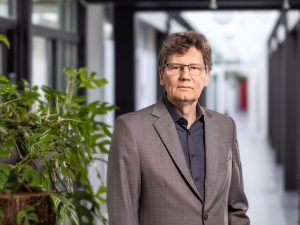
Dr. Søren Buus
MD, PhD, founding partner
Embarked on his lifelong exploration of peptide-MHC interactions in the early 1980s when this interaction was still enigmatic. He provided functional and eventually biochemical evidence that peptides specifically interact with their corresponding MHC restriction elements. Dr. Buus pioneered the mapping of the peptide-binding specificity of all human MHC molecules, leading to the inception of the “human MHC project.” His systematic generation of MHC molecules, assays, and data significantly contributed to the development of the NetMHCpan suite of peptide-MHC class I and II predictors.

